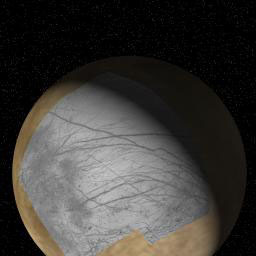This is an image of Europa.
Click on image for full size
Courtesy of NASA
Related links:
Table of moons
Jupiter's Moons and Rings
Jupiter has
moons and a ring system. The
four moons Io, Europa, Ganymede,
and Callisto, are the most interesting. Io
has volcanos, and Europa may have a water environment where life might be found.
The Galileo spacecraft explored the moons while orbiting Jupiter for eight years: 1996-2003.
Other moons, in order of their distance from Jupiter, are:
Metis, Adrastea, Amalthea, Thebe, Themisto, S/2003 J6, S/2003 J1, Leda, Himalia,
Lysithea, Elara, S/2000 J11, S/2003 J20, S/2003 J3, S/2003 J12, S/2001 J10, S/2003 J18, S/2003 J16, S/2001 J7, Harpalyke, Praxidike, S/2001 J9, Ananke,
S/2001 J3, Iocaste, S/2001 J2, S/2003 J15, S/2003 J17, S/2003 J11, S/2003 J9, Carme, S/2003 J19, S/2001 J6, S/2002 J1, S/2001 J8, Chaldene, Isonone,
S/2001 J4, S/2003 J4, Erinome, Taygete, Pasiphae, S/2001 J11, Kalyke, Sinope, Magaclite, S/2003 J7, S/2001 J5, S/2003 J13,
S/2003 J5, S/2001 J1, Callirrhoe,
S/2003 J10, S/2003 J8, S/2003 J14, and S/2003 J2.
These moons are part of a class of moons called the "Small Moons".
Jupiter's moons are named after mythological figures.
You might also be interested in:
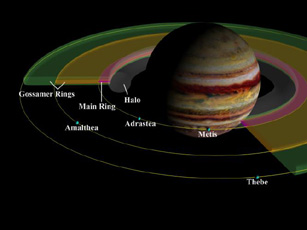
You may think Saturn is the only planet with rings. It is not! Jupiter has rings, too. They aren't as easy to see as Saturn's, but they are there! Saturns rings are made of ice and are very bright. Jupiter's
...more
Europa was first discovered by Galileo in 1610, making it one of the Galilean Satellites. It is Jupiter's 4th largest moon, 670,900 km ( miles) from Jupiter. Europa's diameter is about half the distance
...more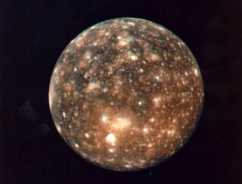
Callisto was first discovered by Galileo in 1610. It is the 2nd largest moon in the solar system, and is larger than the Earth's moon. It is about as big as the distance across the United States. Callisto
...more
Galileo was a spacecraft that orbited Jupiter for eight years. It made many discoveries about Jupiter and its moons. Galileo was launched in 1989, and reached Jupiter in 1995. The spacecraft had two parts.
...more
Amalthea was discovered by E Barnard in 1872. Of the 17 moons it is the 3rd closest to Jupiter. Amalthea is about the size of a county or small state. Amalthea is named after the goat in Greek mythology
...more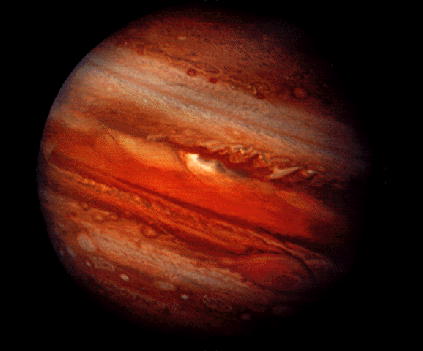
Jupiter is the biggest planet in our solar system! It's also very bright in the sky. We don't know who discovered it, but we do know the ancient Greeks named the planet after the god, Zeus. The United
...more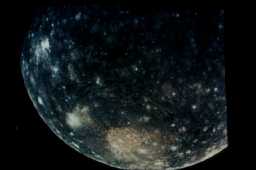
Measurements by the Galileo spacecraft have been shown that Callisto is the same inside from the center to the surface. This means that Callisto does not have a core at the center. This means that, unlike
...more


